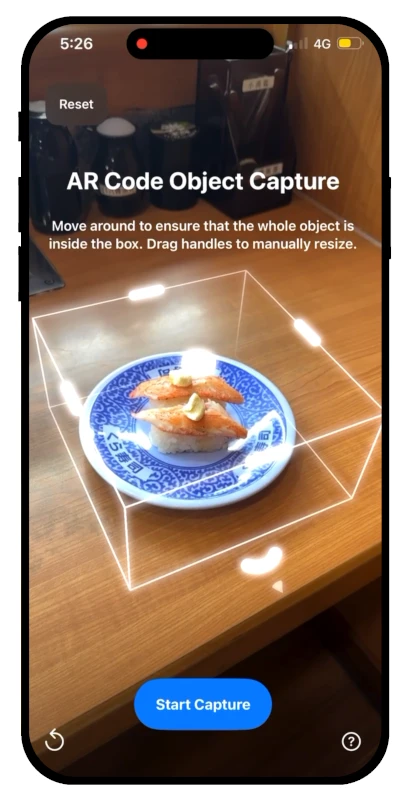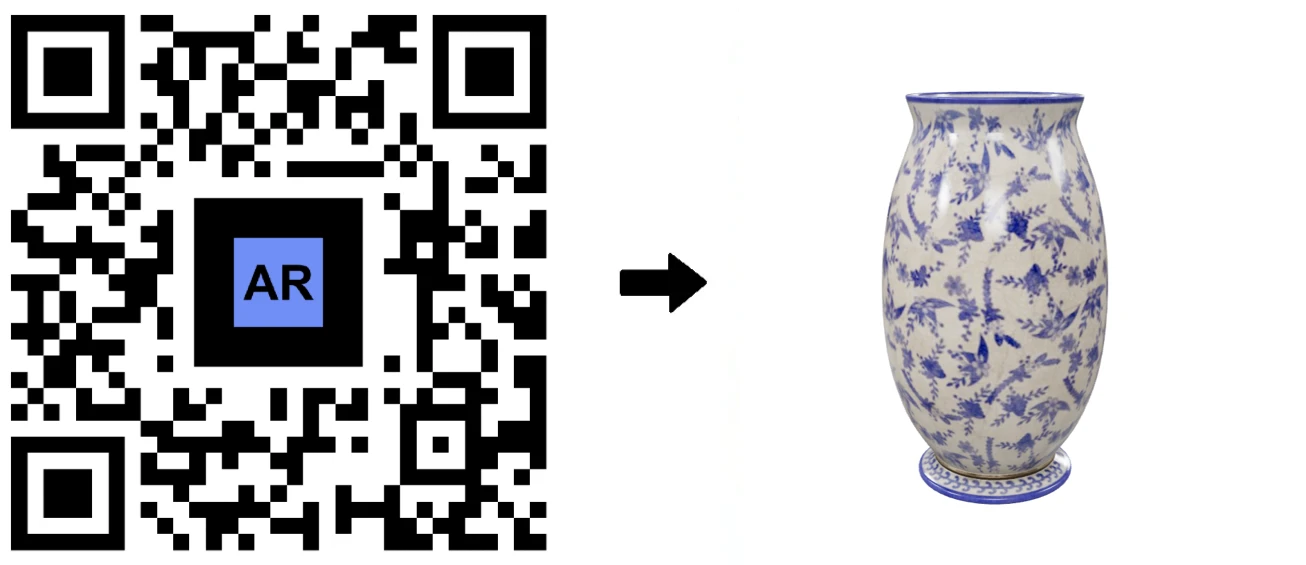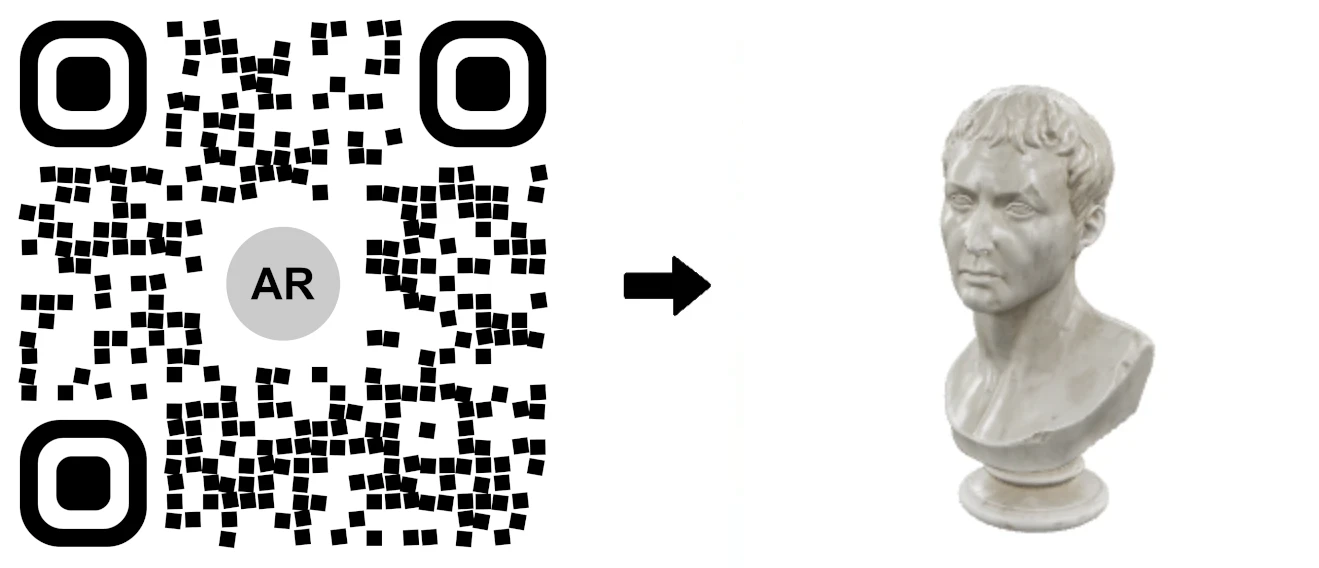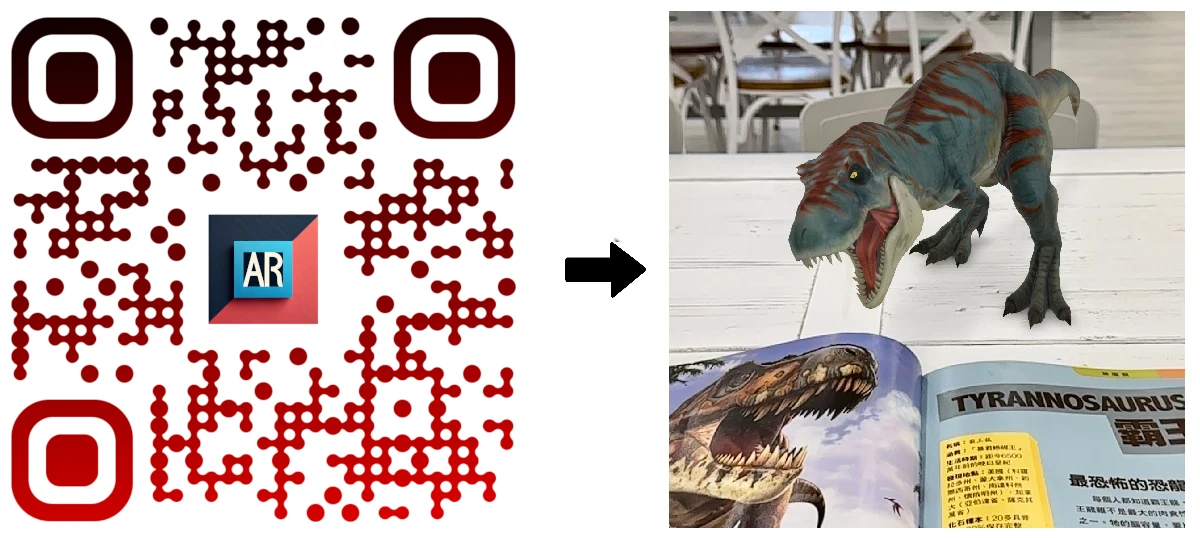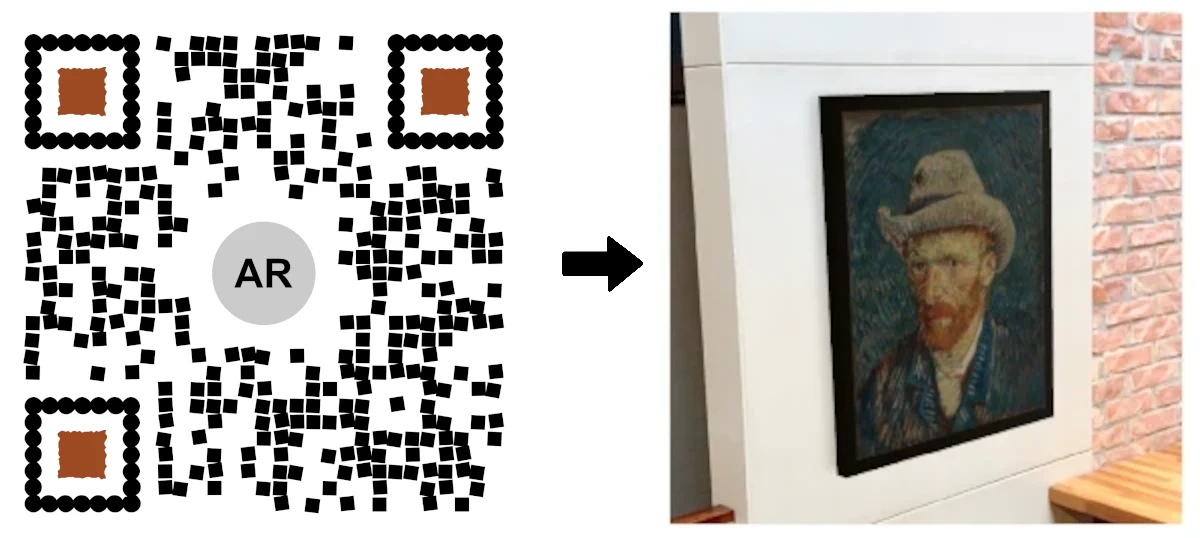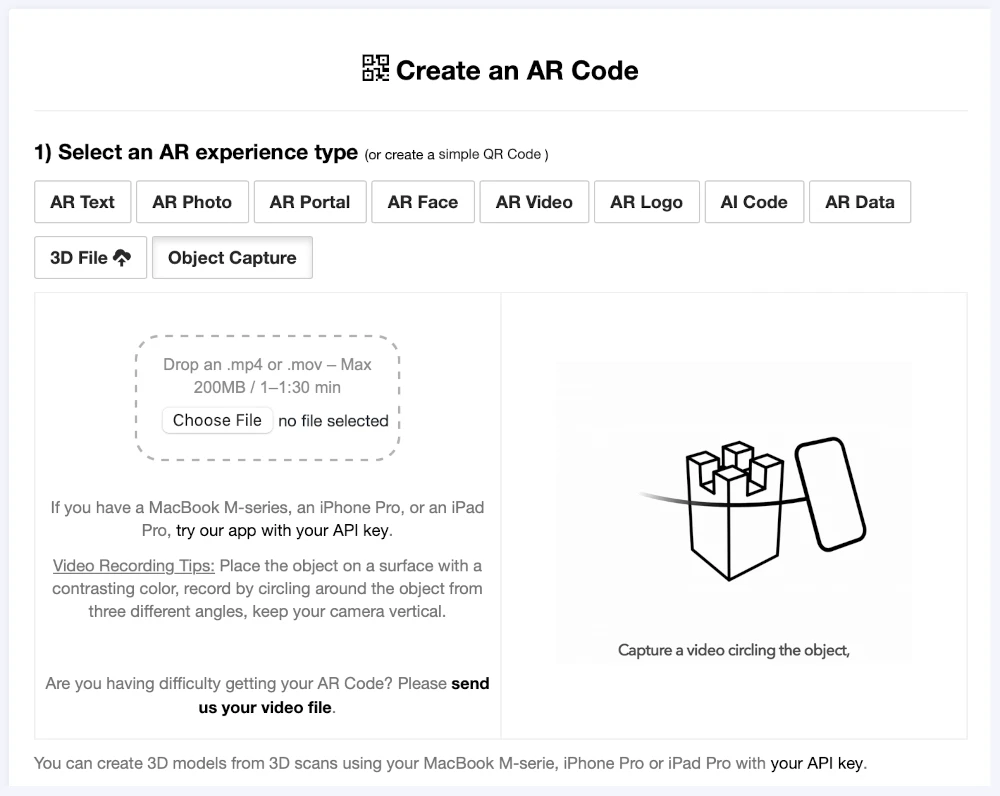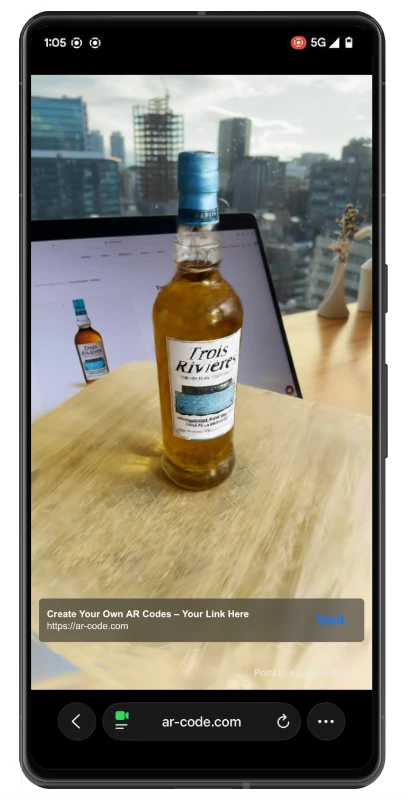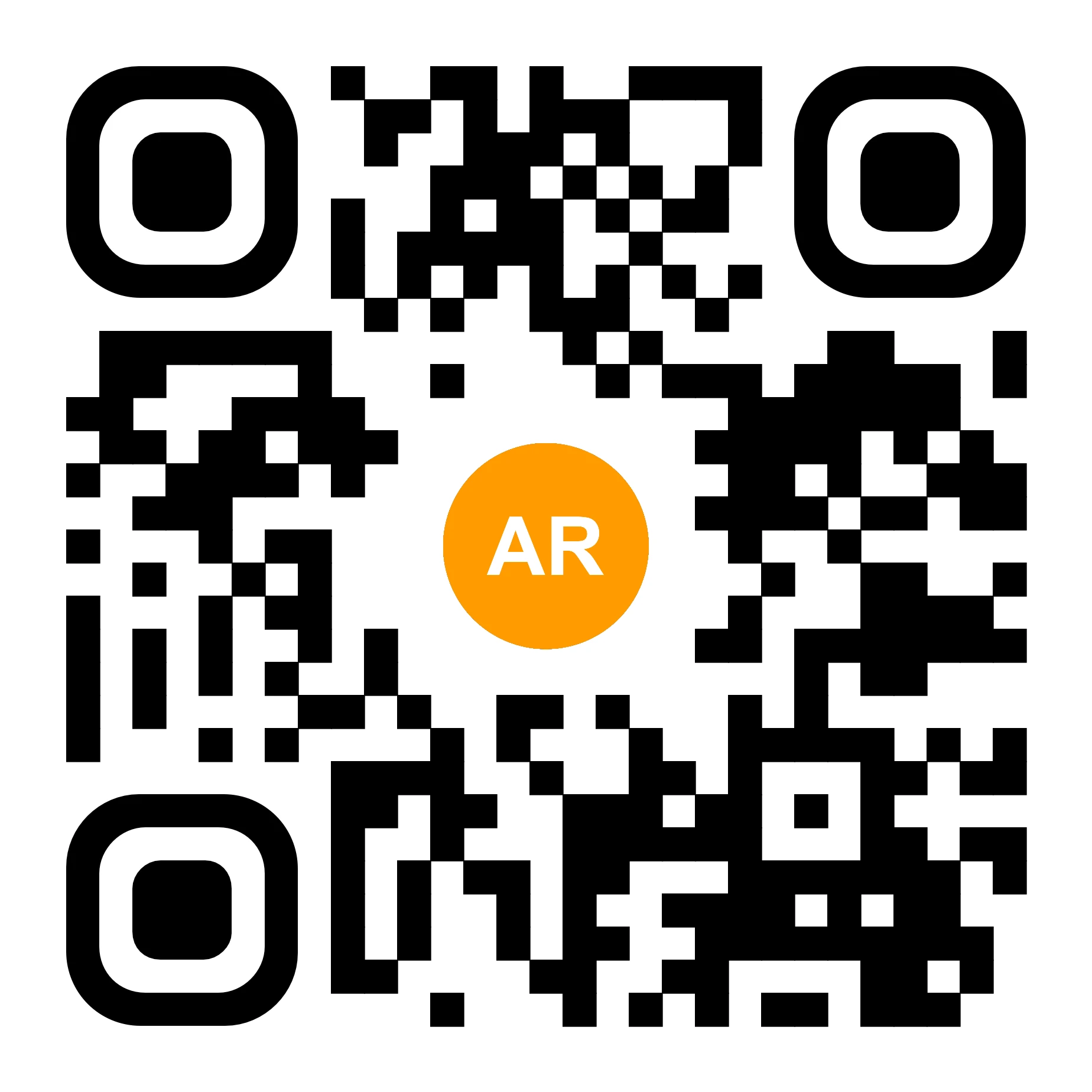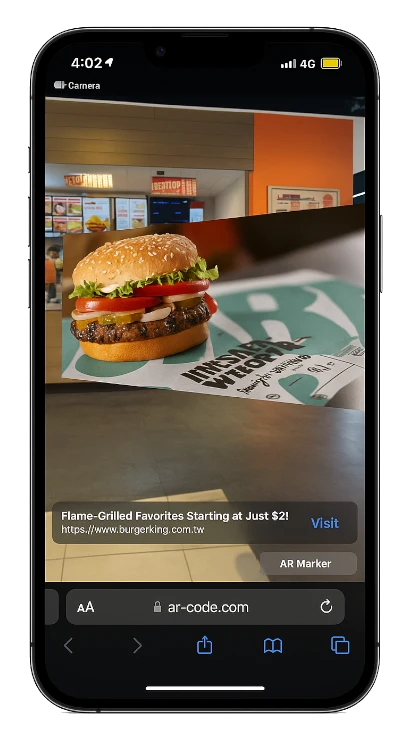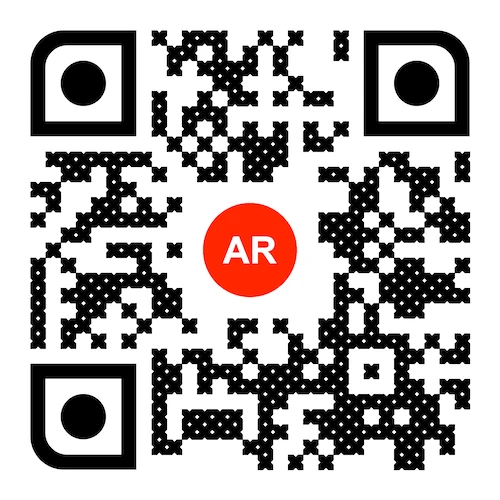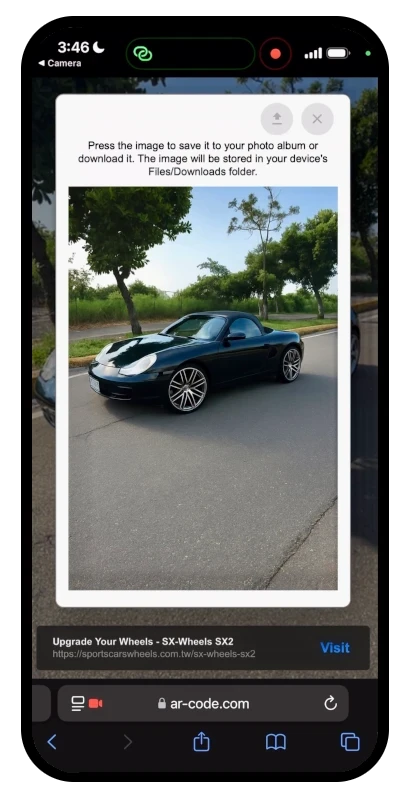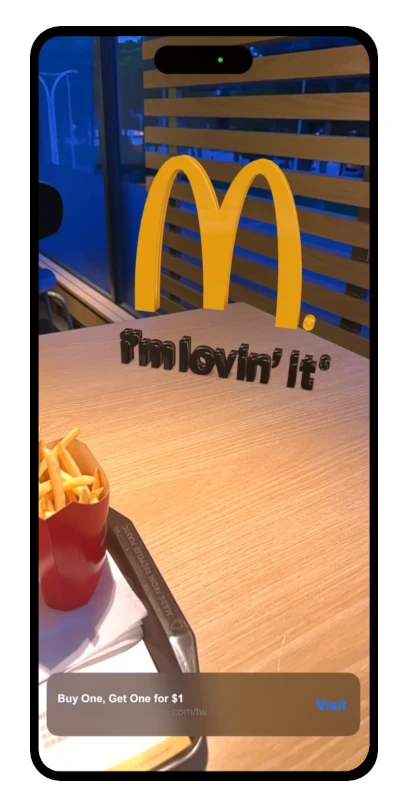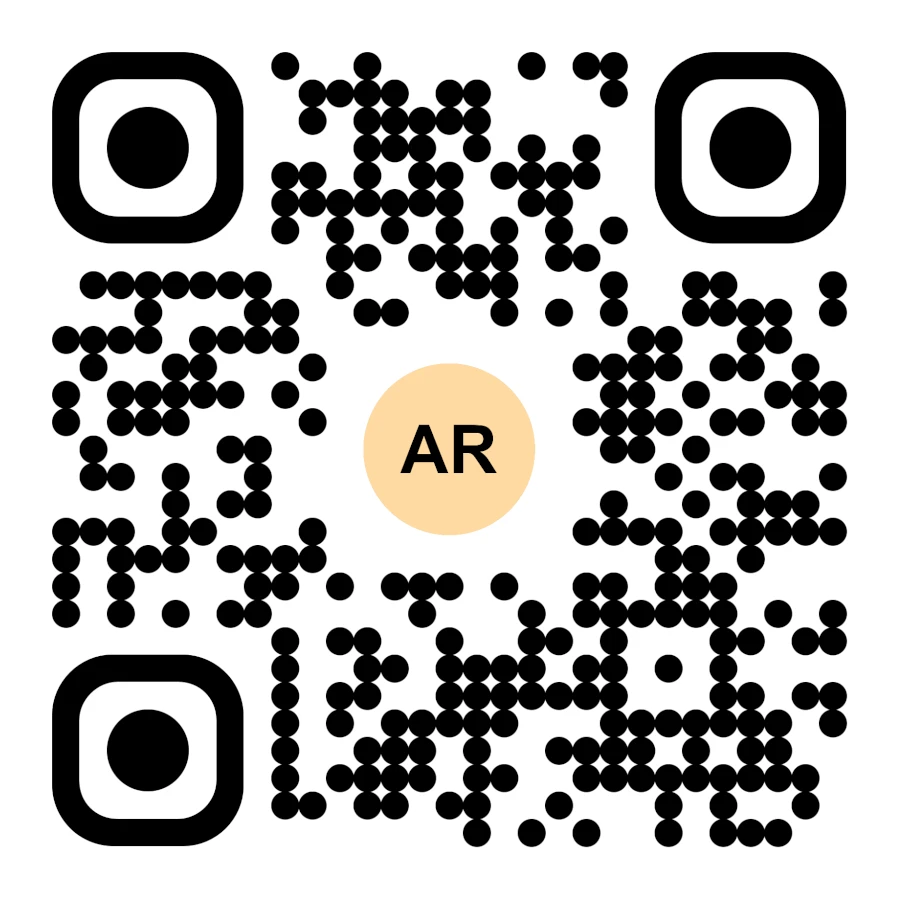AR Code技術、美術館とアート展示会の未来
ARコードテック | 02/12/2025 |
AR CodeのSaaSソリューションでインタラクティブなミュージアム体験を実現し、観客のエンゲージメントを高めましょう。物理的なアーティファクトと没入型のデジタルストーリーテリングを融合する業界トップのプラットフォームです。来館者の注意を引きつけ、歴史や文化に命を吹き込むインタラクティブかつ教育的なコンテンツを提供します。AR Codeを統合することで、美術館や博物館はバーチャルな探索、深い文脈情報、そして各ゲストに忘れがたい体験の旅を提供できます。ミュージアム向けAR Codeテクノロジーで、来館者のエンゲージメントとデジタルトランスフォーメーションを次のレベルへと引き上げましょう。
先進的なミュージアムテクノロジーで来館者体験を強化
現代のミュージアムはデジタルイノベーションを積極的に採用しています。AR(拡張現実)、VR(バーチャルリアリティ)、3Dプリンティング、AI(人工知能)が、今やミュージアムに魅力的でインタラクティブな展示を提供する力を与えています。ミュージアムコレクション用AR 3Dモデルを活用し、あらゆる来館者に芸術と歴史を身近でインパクトのあるものにしましょう。
ARやVRは来館者を時空を超えた仮想体験へと導きます。3Dプリントは実体験型の学習をもたらし、AIはパーソナライズされたツアーを実現します。ミュージアムアプリはさらに深い参加を促進します。世界のミュージアムは、文化交流のための教育用ARと革新的な来館者エンゲージメントでグローバルリーダーシップを発揮しています。
AR Codesはテクノロジーに敏感な若年層にもアピールし、あらゆるミュージアム訪問を魅力的かつインタラクティブな体験へと変えます。従来のデジタルツアーを超え、コレクションを保護しつつ好奇心を育み、常に時代をリードするARインタラクションを実現します。
インタラクティブなAR Codesがミュージアム展示を変革
AR CodeのSaaSプラットフォームで、インタラクティブな3D展示や記憶に残る文化的な体験を創出しましょう。オブジェクトや展示ラベル、サイネージへのAR Code活用で、来館者に没入型の発見を提供します。
全てのデバイスでシームレスなスキャン体験
AR Codeは世界中の20億台以上のスマートフォンで簡単に動作します。iOS、Android、次世代ARヘッドセットにも対応し、瞬時にARコンテンツを提供。AR Codeのスキャン方法ガイドで、誰もが簡単に体験へアクセス可能に。
AR Code SaaSは展示管理、ユーザー追跡、共同AR作成のためのウェブツールを提供します。AR展示を作成・管理し、リアルタイム来館者解析で継続的なエンゲージメント向上を実現します。
グローバルな観客とつながり、ミュージアムの発信を拡大できます。来館者は、自身の端末から、館内でもリモートでも、驚きの3DモデルをAR Codeで体験できます。
Vincent van Goghの「グレーのフェルト帽子をかぶった自画像(1887年)」の物語を、AR CodeのAR Photo機能でデジタルに深く体感しましょう。
AR PhotoとAR Frame iOSアプリを使って、あらゆるアートワークを拡張現実化するチュートリアルをチェック:
AR QR Codeでミュージアムマーケティングを革新
ミュージアムのパンフレットや販促物向けAR QR Codeは、魅力的な新しいマーケティング接点を提供します。印刷物とARインタラクティビティを融合し、展示やイベントにワクワクするような没入型プレビューを実現します。
次のマーケティング施策で使えるミュージアム3DモデルとAR QR Code事例で、集客&エンゲージメントを飛躍的に向上させましょう。
AR Code:主要ARヘッドセットとの互換性
Meta Quest 3とのAR Code連携や、Apple Vision Pro対応AR Codeを活用し、リアルで臨場感あふれるARモデル展示と、現地での体験変革を実現しましょう。TKU海事博物館のタイタニック3Dモデルによるバーチャル体験を体感:
ARヘッドセットの進化とともに、来館者はAR QR Codeをスキャンして、これまでにない形で展示物とインタラクションできます。各AR Codeの統計ページには即時アクセス可能なHTML ARボタンがあり、あらゆるデジタル体験をシンプルに始められます。
AI技術搭載のQRコードがミュージアムのエンゲージメントを強化
AI Codeは展示物にダイナミックでコンテキストに応じた3Dディスプレイを生成し、毎回新鮮で深いインタラクションを提供します。AI強化型AR Codeにより、来館者のスキャン体験ごとに最適な学びとインスピレーションを届けます。

ミュージアム向けAI QR Codeは、パーソナライズ体験、インタラクティブなストーリーテリング、スマートなキュレーションを可能にします。多言語ガイドやユニークな展示ルートを追加し、世界中の来館者とコレクションをつなぎましょう。
AI搭載AR Codeで、全ての来館者に包摂的で記憶に残る、そして効果的な学びと体験を継続的に提供できます。
AR Videoでミュージアム体験をより豊かに
AR Videoを展示ラベルやガイドブックに活用し、さらに豊かなストーリーテリングを提供しましょう。来館者はスマートフォンでスキャンするだけで、臨場感あるナレーションとコンテンツにより展示物とのつながりが深まります。
Meta Quest 3やApple Vision ProなどのARヘッドセットとも連携したAR Videoでイベントのインタラクションを強化し、あらゆる展示で忘れられない没入型ストーリーテリングを実現しましょう。
AR Codeとともに没入型バーチャルツアーを実現
魅力的なVRツアーでミュージアムのリーチを拡大しましょう。AR Codeを使えばバーチャル体験の提供も簡単。世界中の人々がデジタルで展示物とつながったり、現地来館をさらに豊かにすることができます。
AR Portalでリアルなバーチャル館内ウォークスルーを作成。ステップバイステップのチュートリアルに従い、360度写真を活用したインタラクティブな3D環境を構築し、現実的なデジタル発見体験を提供:
AR Code SaaSソリューションでミュージアム体験を進化
AR Code SaaSでミュージアムやアート展示を変革しましょう。インタラクティブな3Dモデル、バーチャルツアー、AIガイド、革新的なARマーケティングを通じ、より豊かでアクセスしやすい未来型体験を提供します。AR Codeは文化施設に、デジタルエンゲージメントや観客成長でリーダーシップを発揮するためのツールを提供します。
よくある質問
ミュージアムが活用している革新的な技術とは?
ミュージアムは現在、AR(拡張現実)、VR(バーチャルリアリティ)、3Dプリント、AI、タッチスクリーン、ミュージアムアプリを活用し、エンゲージメントを高めています。AR Codeはインタラクティブ3Dディスプレイを提供し、すべての来館者に印象的で記憶に残る体験を実現します。
AR Codeはミュージアムでの来館者体験をどう向上させますか?
AR Codeはインタラクティブな3Dアニメーションやバーチャル体験で展示を活性化。来館者はスマートフォンから簡単にアーティファクトを可視化でき、館内でもリモートでも、AR Codeをスキャンするたびに没入感のあるデジタルストーリーが体験できます。
AR Codeテクノロジーは、ミュージアム展示のバーチャルリアリティツアーにも適していますか?
はい。AR Codeは、没入型のミュージアムVRツアーを構築するために設計されています。AR Portal機能を使えば、3D環境も簡単に作成でき、少ない労力で魅力的なデジタル体験を実現できます。
ミュージアムにおけるAR Code技術の利点は何ですか?
AR Codeはミュージアムの発信力を高め、認知度を向上させ、インタラクティブなコレクションを現地・遠方の両方の来館者に届けます。ダイナミックなデジタル活用で新たな来館者を惹きつけ、記憶に残る体験や教育的価値を各スキャンで提供します。
ARコードテック - 最新のブログ投稿
AR Splat:ガウススプラッティングに基づく新しい3Dスキャンから拡張現実へのソリューション

AR Splat by AR Codeは、シンプルなウォークアラウンド動画を、AR QR Codeを通じて即座にアクセス可能な、視覚的に美しいフォトリアリスティックな3Dシーンへと変換し、3Dシーン作成に革命をもたらします。 最先端のGaussian...
AI Codeの画像生成がQRコードスキャンによる製品ビジュアライゼーションを再定義

AR Codeは、次世代の拡張現実(AR)と人工知能(AI)の最前線に立ち、QRコードのスキャンだけで即座に顧客を惹きつける最先端のAI生成ビジュアライゼーションを提供しています。AI...
AR Code Object CaptureはすべてのiPhoneとiPadで利用可能に、LiDAR不要
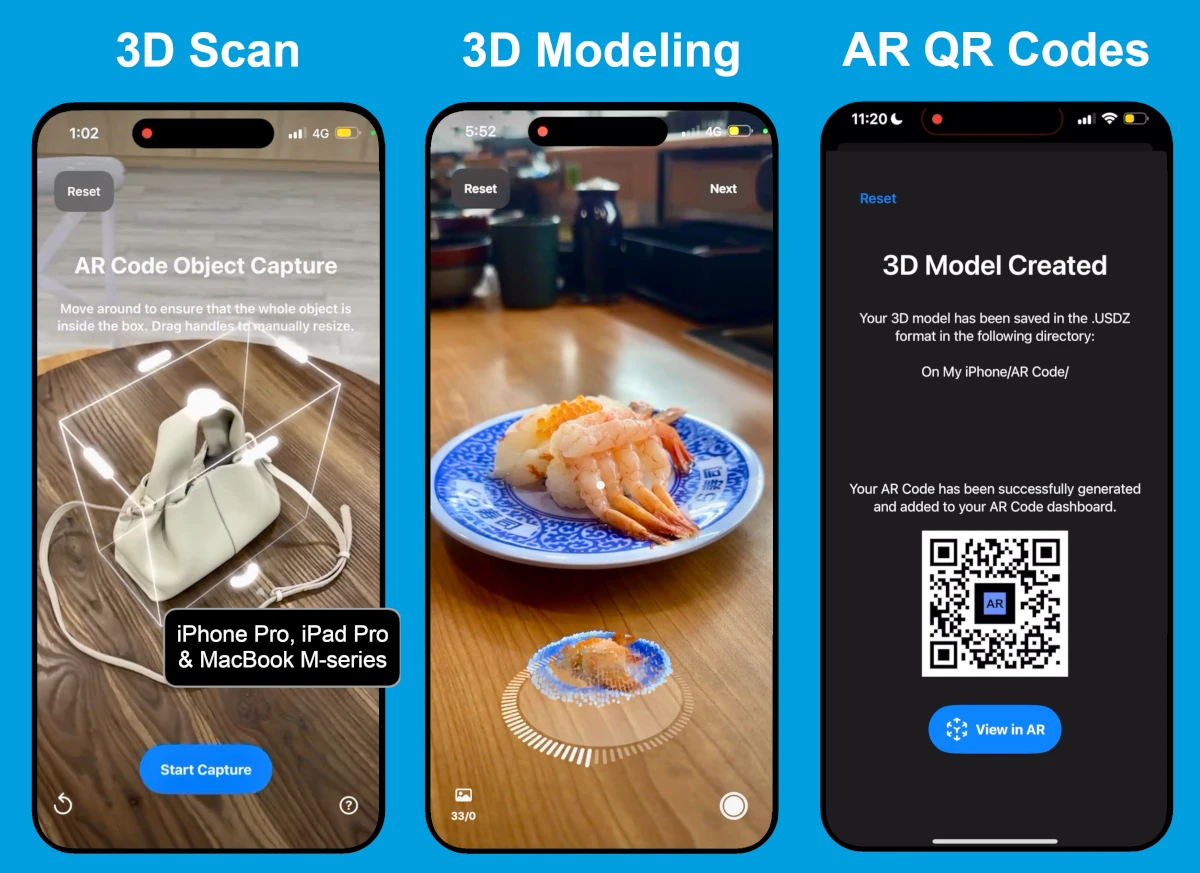
最先端のAR Code Object Captureアプリにより、次世代の拡張現実体験でビジネスを強化しましょう。LiDARセンサー不要で、すべてのiPhoneとiPadで利用可能となったこのAR...
ビデオから3Dモデリングへ:MacBook MシリーズでのAR Code Object Captureによるフォトグラメトリー
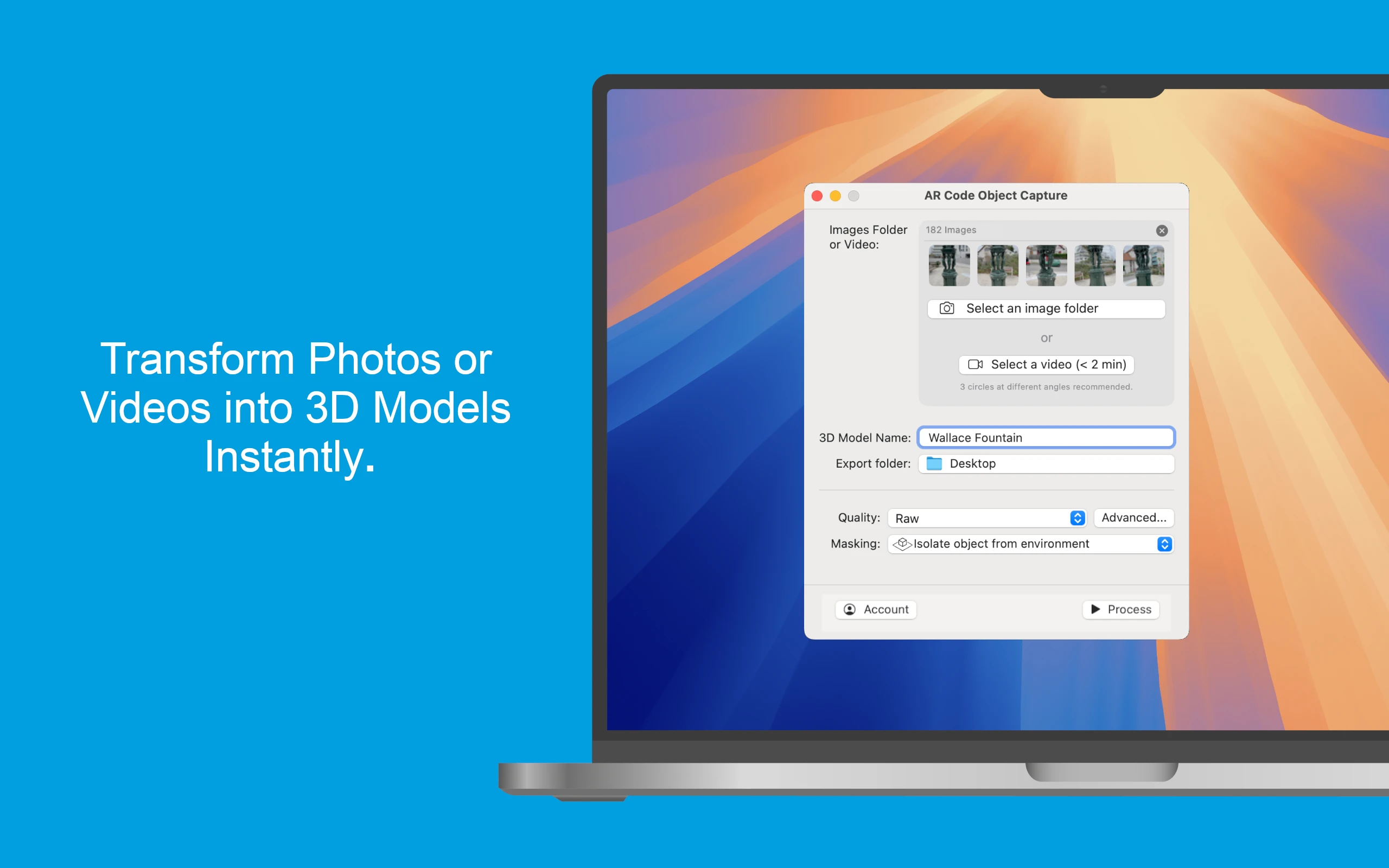
最先端のAR Code Object Captureアプリであなたのビジネスをパワーアップしましょう。この画期的な3Dスキャン&拡張現実SaaSソリューションは、macOS 15.0以降のMacBook...
革新的なデザインオプションでAR Codeをパーソナライズしよう
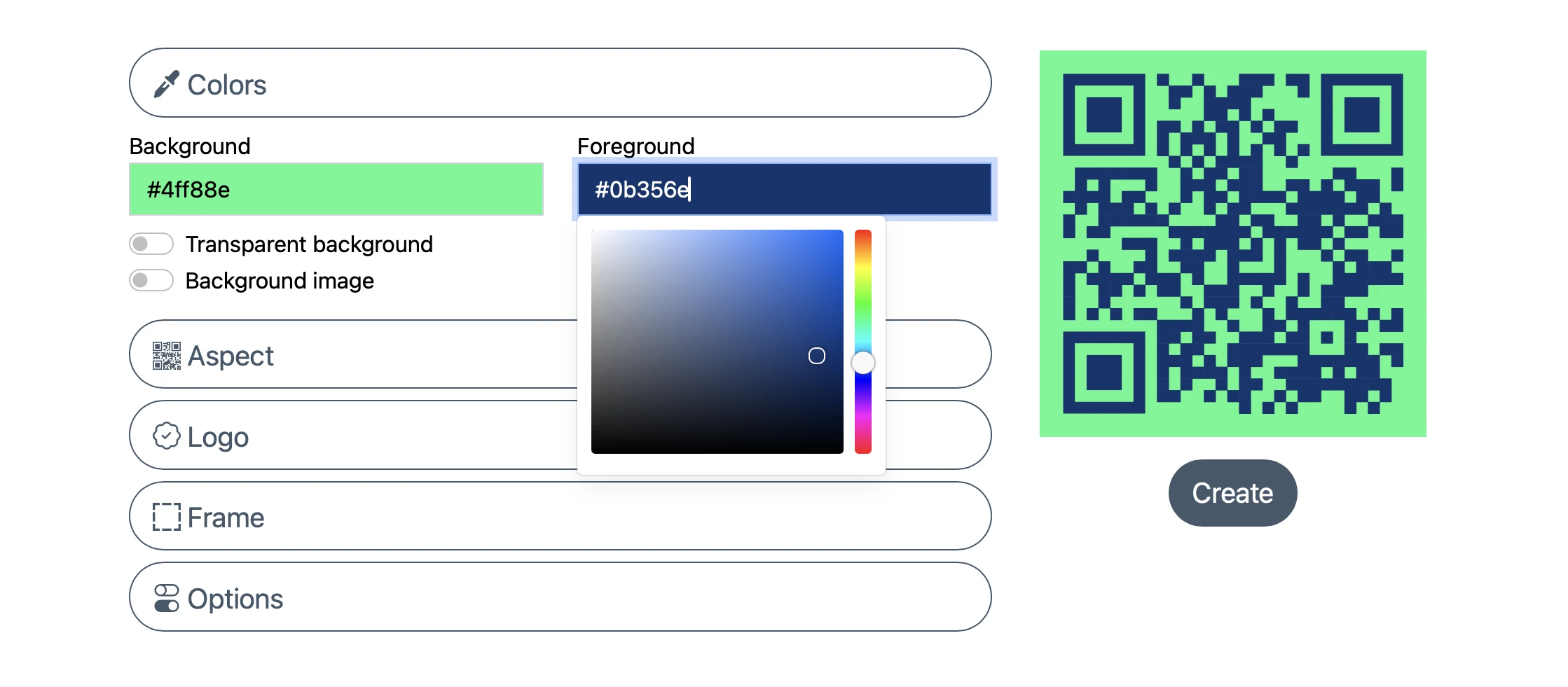
AR Codeは、物理的な製品、印刷メディア、デジタルチャネルを忘れがたいインタラクティブ体験へと融合させることで、企業がオーディエンスと関わる方法に革命をもたらしています。ユーザーがAR...
AR Codeの低消費電力SLAM:誰でもどこでも使える拡張現実

AR Codeでビジネスを変革しましょう。AR Codeは拡張現実におけるアクセシビリティとユーザーエンゲージメントを革新する最先端SaaSソリューションです。AR...
142,578 AR experiences
542,287 1 日あたりのスキャン数
127,576 クリエイター
